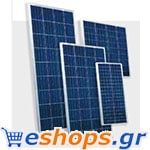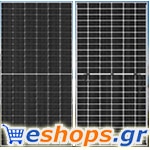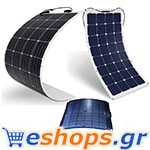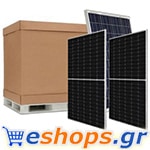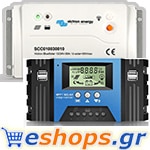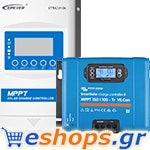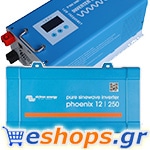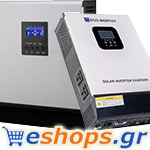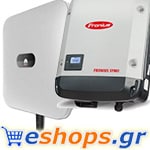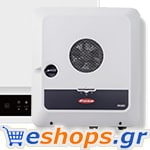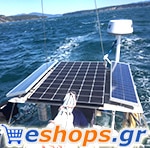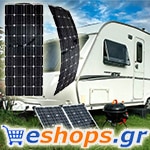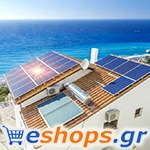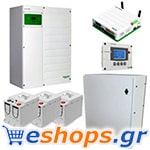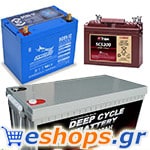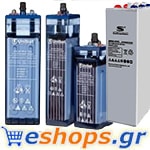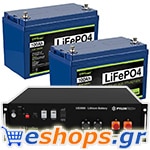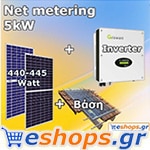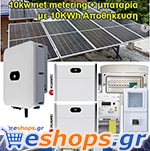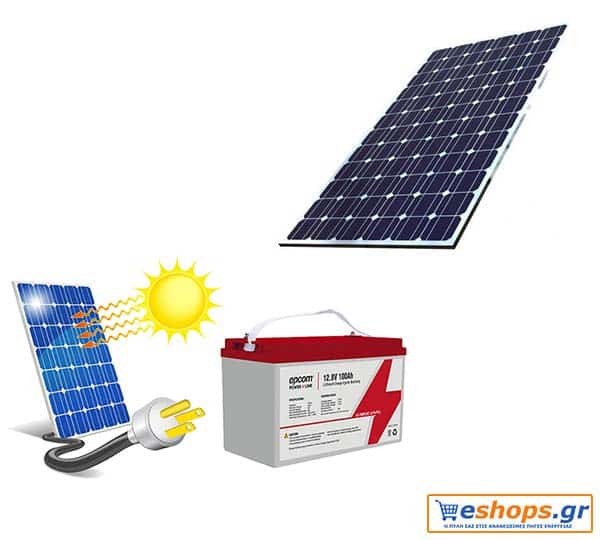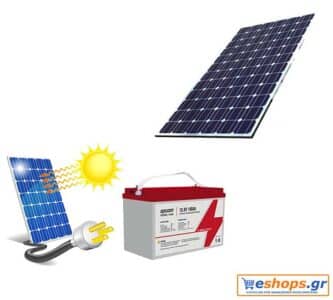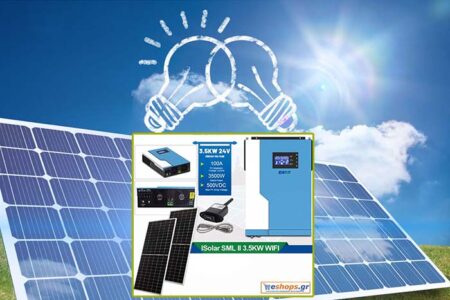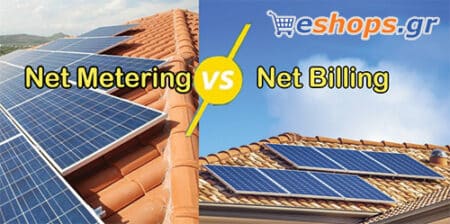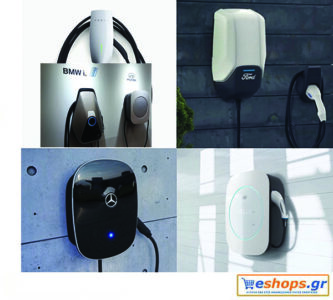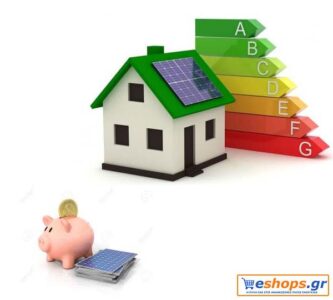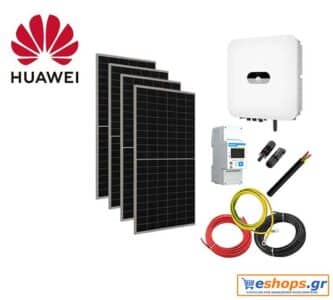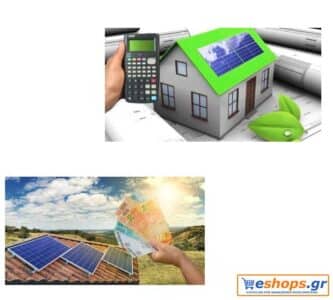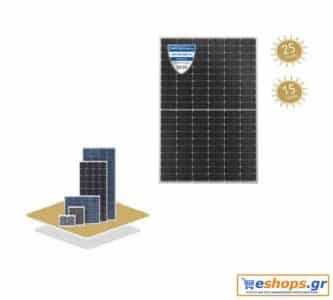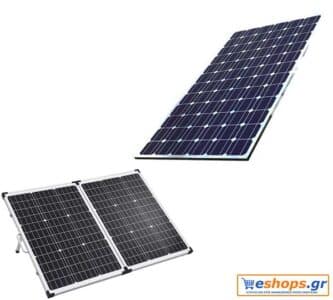Photovoltaics with batteries net metering
Photovoltaics with batteries A hybrid photovoltaic (PV) system with lithium-ion (Li-ion) batteries is a renewable energy system. It combines solar energy generation with energy storage to provide electricity for a home or building. Here's how the system usually works:
From what consist of photovoltaic systems
Solar panels
The system includes photovoltaic panels installed on the roof or other suitable location to capture sunlight and convert it into electricity using the photovoltaic effect. Solar panels generate direct current (DC) electricity.
Converter
The DC electricity generated by the solar panels is fed into an inverter. This converts it into alternating current (AC) electricity that is used to power electrical loads in the building or home. The inverter also synchronizes the AC electricity with the utility grid. Allowing excess electricity to be fed into the grid if solar panels produce more electricity than is needed locally.
Battery storage
AC electricity can also be used to charge Li-ion batteries connected to the system. Batteries store excess electricity generated by the solar panels during periods of high solar output, such as during the day when the sun is shining, to use during periods of low solar output, such as at night or on cloudy days. This allows energy to be stored and used when needed, providing a constant power supply.
Load management
The system includes a load management system that monitors the electricity consumption in the building or home and manages the flow of electricity between the solar panels, batteries and loads. The load management system ensures that the electricity generated by the solar panels is prioritized for local use. Followed by charging the batteries and then feeding the excess electricity back into the grid.
Network connection
The system is also connected to the utility grid, allowing for a two-way flow of electricity. When solar panels produce more electricity than is needed locally. So the batteries are fully charged. Excess electricity can be fed back into the grid, often resulting in credits or payments from the utility through net metering programs. Conversely, when the solar panels do not produce enough electricity to meet local demand and the batteries run out, electricity can be drawn from the grid to supplement the power supply.
All in all, a hybrid PV system connected to the grid with batteries Li-ion provides a reliable and sustainable source of electricity. Using solar power generation and energy storage. Still the grid connection to optimize energy use and ensure consistent power. It enables self-consumption of solar energy and reduces grid dependency and provides backup power during periods of low solar production. Making it a flexible and environmentally friendly energy solution.
